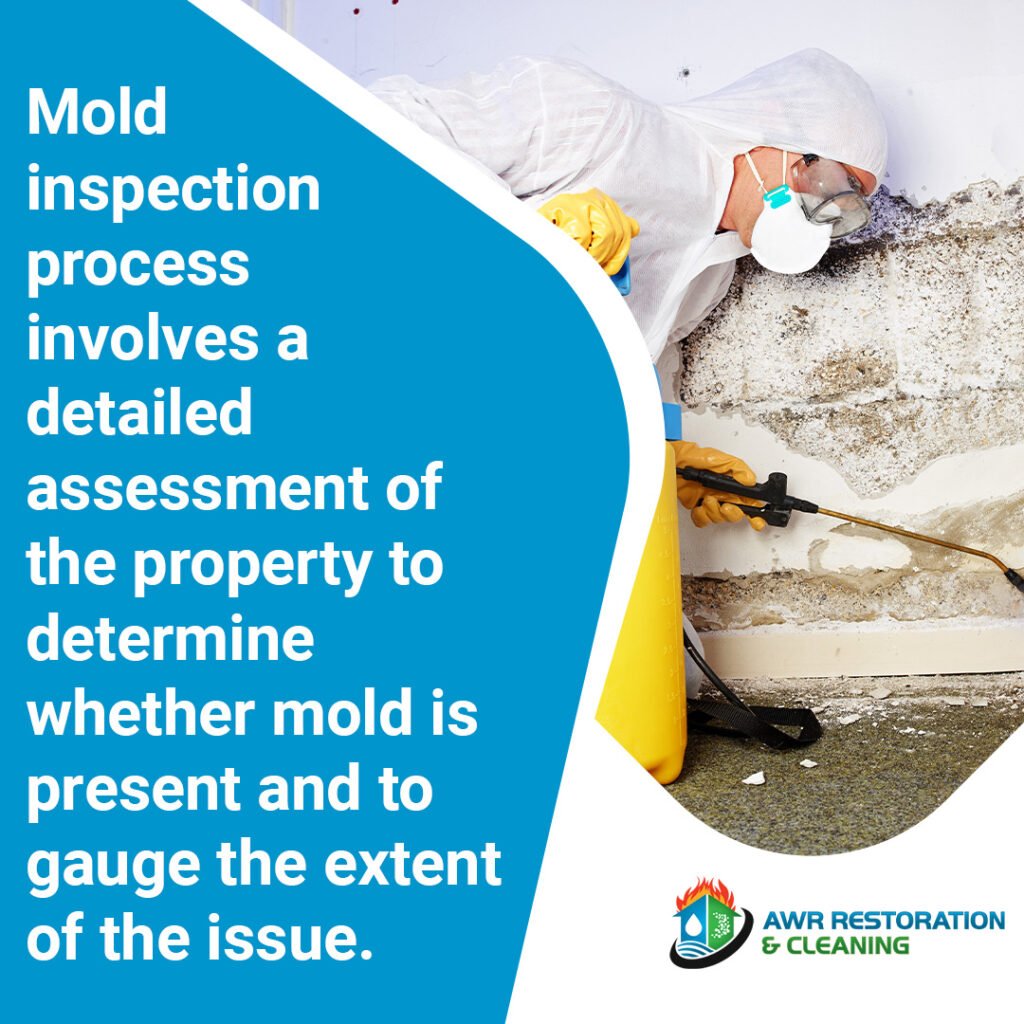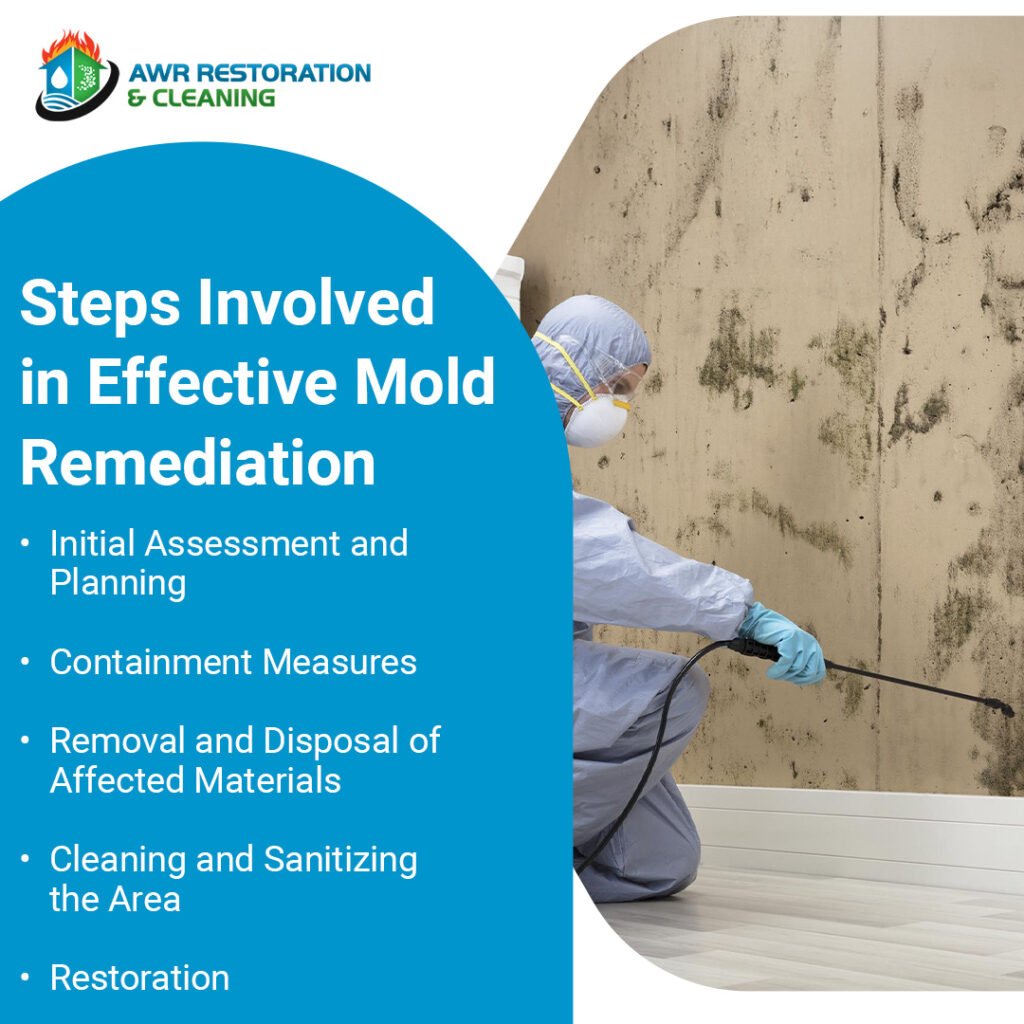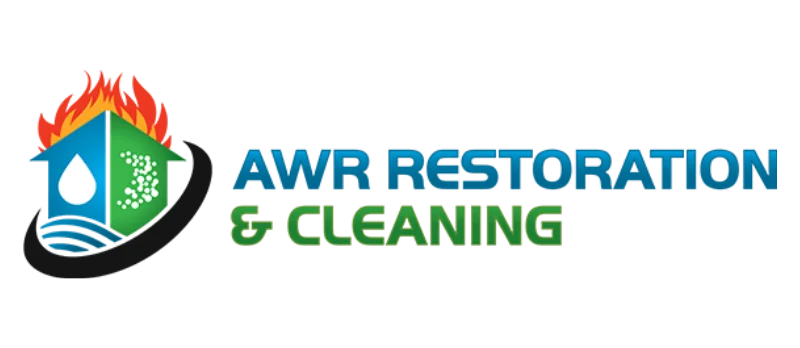Mold growth can cause severe health issues and lead to significant property damage, especially in the damp climate of Kent, WA, where humidity levels are conducive to mold proliferation. Understanding the difference between mold inspection and mold remediation is crucial for homeowners and business owners looking to protect their properties from potential health hazards and structural damage. At AWR Restoration and Cleaning, we have over 30 years of experience providing professional mold remediation services to the residents of Kent, WA, and the surrounding areas. Our IICRC-certified team is dedicated to delivering comprehensive mold removal solutions that not only eliminate existing mold but also prevent its recurrence. Here, we will clarify the distinct roles of mold inspection and mold remediation, emphasizing the importance of both processes in maintaining a safe and healthy environment.
Understanding Mold: An Introduction
Mold is a type of fungus that lives in damp, wet environments. It is available in many different colors and may be found both inside and outside. While mold plays a natural role in breaking down organic materials, its presence in our homes and businesses can lead to significant concerns. As property owners, it’s essential to understand the implications of mold and how it can affect your living or working environment.
Mold’s effects on health are among the main issues. Inhaling mold spores can cause respiratory issues and allergic reactions. Beyond health implications, mold can also affect property values. Homes and businesses with mold problems can experience decreased market value, making them less attractive to buyers or renters. The presence of mold can raise red flags during inspections, which may lead to costly remediation efforts or even legal complications for property owners if left unaddressed.
At AWR Restoration and Cleaning, we understand the urgency and complexity of mold problems. Based in Kent, WA, we bring over 30 years of experience in mold remediation and restoration services. Our staff is well-equipped with the newest methods and tools to eradicate mold and stop its recurrence successfully. We prioritize our clients’ needs, ensuring that we provide thorough assessments and tailored solutions for every situation.

The Importance of Mold Inspection
Defining Mold Inspection
An essential step in resolving any mold-related problems on your property is a mold inspection. It entails a comprehensive assessment of the surroundings to determine whether mold is present and gauge the severity of the issue. During this process, a certified inspector conducts a detailed visual examination, looking for signs of mold growth, moisture sources, and conditions that favor mold development. The main objective is to gather essential information that can help determine the best course of action for remediation.
Technologies Used in Mold Inspection
In today’s world, advanced technologies play a significant role in mold inspection. Tools such as thermal imaging cameras and moisture meters are now standard in identifying mold issues. Thermal imaging allows inspectors to detect temperature differences in walls and ceilings, indicating hidden moisture that could promote mold growth. Moisture meters, on the other hand, help measure the moisture content in various materials, giving a clear picture of whether conditions are ripe for mold development.
Utilizing these state-of-the-art technologies enhances the accuracy of inspections, allowing for a more thorough understanding of potential problems. This proactive approach can save you time and money by identifying mold issues early on, ensuring that any necessary remediation can be carried out effectively. At AWR Restoration and Cleaning, our team is equipped with these advanced tools to deliver precise assessments for our clients in Kent, WA.
Understanding Mold Sampling Techniques
Mold sampling techniques are essential for confirming the presence of mold, understanding its types, and determining its concentrations in the environment. The two most common methods include air samples and surface samples. Air sampling is the process of taking air samples from the environment in order to examine mold spores. This method is particularly useful when there are no visible signs of mold, but you suspect it could be present.
In contrast, surface sampling entails collecting samples from surfaces that appear to be contaminated or where mold development is evident, providing insight into the specific types of mold present and their possible health risks. Each method has its specific applications, and the choice between them often depends on the situation at hand.
Both air and surface sampling are critical components of a comprehensive mold inspection. They help ensure that any mold remediation efforts are based on accurate data, leading to effective solutions that restore your property to a safe and healthy state.
The Mold Remediation Process: A Deeper Look
What is Mold Remediation?
The process of locating, eliminating, and preventing the growth of mold on a property is known as mold remediation. The primary purpose of this process is to create a safe environment for you and your family or employees. Mold can pose serious health risks. Therefore, quickly addressing mold issues is crucial to maintaining a healthy living or working space.
When mold is left unchecked, it can spread rapidly, leading to structural damage and further health complications. Quick action will help you reduce these dangers and safeguard your investment.
Steps Involved in Effective Mold Remediation
Effective mold remediation involves several key steps to ensure thorough and lasting results. Here’s a comprehensive breakdown of the process:
Initial Assessment and Planning: To ascertain the scope of the mold issue, an in-depth examination is conducted before the remediation procedure begins. This evaluation aids in creating a customized repair plan that takes into account all affected regions and the specific remediation strategies required for each area.
Containment Measures: During the remediation process, containment measures are implemented to stop cross-contamination, ensuring that mold spores do not spread to unaffected areas of the property. This involves plastic sheeting to seal off impacted areas and prevent mold spores from migrating to unaffected areas.
Removal and Disposal of Affected Materials: Following containment, any materials that are significantly contaminated with mold must be safely removed and disposed of. This can include carpets, drywall, or insulation. In order to prevent the mold from growing again, proper disposal is essential.
Cleaning and Sanitizing the Area: The area is meticulously cleaned and sanitized after the contaminated materials have been removed. This may involve the use of specific cleaning supplies and tools to make sure that all mold spores and residues are removed from the environment.
Restoration: The final step involves restoring your property to its original condition. This may include repairs to walls, ceilings, or flooring that were affected by mold, restoring the property to its original condition, and minimizing the chances of future mold growth.
The Role of Mold Removal vs. Remediation
It’s essential to understand the difference between mold removal and mold remediation. While mold removal focuses on eliminating visible mold from surfaces, remediation encompasses a broader scope. Mold remediation addresses the root causes of mold growth, including underlying moisture issues. Without resolving these moisture problems, mold is likely to return, making remediation a more comprehensive and effective solution.
At AWR Restoration and Cleaning, we emphasize the importance of addressing not just the mold but also the conditions that allow it to thrive. Our experienced team is dedicated to ensuring that your property in Kent, WA, is not only free from mold but also protected from future growth, creating a healthier and safer environment for all.
The Costs of Ignoring Mold Problems
Short-Term vs. Long-Term Financial Implications
Ignoring mold problems can lead to significant short-term and long-term financial implications for property owners. Initially, dealing with a small mold issue is not worth the immediate expense of professional inspection and remediation. However, this short-sightedness can quickly lead to more substantial costs down the line.
In the short term, mold exposure can result in various health issues for you and your loved ones. These health problems can lead to medical bills, lost wages due to missed work, and a decrease in overall well-being. The financial burden of treating mold-related health issues can escalate rapidly, especially if multiple family members or employees are affected.
Moreover, failing to address mold promptly can lead to property damage that significantly raises repair costs. Mold thrives in damp, hidden areas like behind walls or beneath floors, and it can cause structural damage over time. For instance, untreated mold can weaken the integrity of beams, drywall, and flooring, necessitating extensive repairs. Once mold takes hold, you might need to replace not only the affected materials but also any furnishings or belongings that have been compromised.
In addition to direct repair costs, mold issues can also impact your property value. If you plan to sell your property in the future, you could find that the presence of mold—especially if it’s documented—greatly reduces its market appeal and value.
At AWR Restoration and Cleaning, we emphasize the importance of proactive mold inspection and remediation in Kent, WA. By addressing mold issues promptly, you can save yourself from incurring extensive health-related expenses and costly property repairs. Investing in professional mold remediation not only protects your health but also safeguards your property, making it a wise financial decision in the long run.
How AWR Restoration and Cleaning Supports You
Our Services in Kent, WA
At AWR Restoration and Cleaning, we pride ourselves on offering tailored services specifically designed for mold inspection and remediation in Kent, WA. Our expert team understands the complexities of mold problems and is equipped to handle any situation. Whether you’re facing a minor issue or a more extensive infestation, we take the time to assess your needs and develop a comprehensive plan that suits your property.
What sets us apart is our commitment to rapid response. We guarantee a 90-minute response time for emergencies, ensuring that we are there when you need us the most. This quick action is crucial because swiftly addressing mold problems helps to minimize health risks, property damage, and the overall cost of remediation. Our certified technicians bring over 30 years of experience to the table, utilizing advanced techniques and state-of-the-art equipment to tackle mold issues effectively. With AWR, you can trust that your home or business is in capable hands.
Commitment to Customer Education
At AWR Restoration and Cleaning, we believe that knowledge is power. Educating our clients about mold prevention and maintenance is a core part of our mission. We want you to feel empowered to take action and protect your property from mold growth. That’s why we provide valuable resources and tools to help you understand the factors that contribute to mold issues and how to prevent them effectively.
Our staff is always willing to offer advice on how to keep humidity levels in check, spot the telltale symptoms of mold growth, and conduct regular inspections. By working together, we can ensure your property remains safe and healthy. We advise our clients to ask questions and look for advice on the best ways to prevent mold.
By selecting AWR Restoration and Cleaning, you can be sure that you will receive professional mold removal services and a partner dedicated to your long-term success in keeping your home mold-free and healthy.
Preventing Mold Growth: Best Practices
Proactive Measures for Homeowners
Preventing mold growth begins with proactive measures that every homeowner can implement. One of the most effective ways to keep mold at bay is to control moisture levels in your home, as excessive humidity creates ideal conditions for mold growth. Here are some practical tips to help you achieve that:
Track Humidity Levels: A hygrometer can be used to monitor humidity levels, providing homeowners with critical data to manage moisture effectively. Consider installing dehumidifiers if your house is frequently above this level, particularly in damp spaces like bathrooms and basements.
Address Leaks Immediately: One of the main causes of mold formation is water leaks. Inspect windows, roofs, and pipelines for leaks. Any problems should be fixed immediately to avoid water accumulation.
Ascertain Appropriate Drainage: Ensure that water is diverted from the foundation of your house via gutters and downspouts. This lessens the possibility of water leaking into your crawl space or basement, which can be a breeding ground for mold.
Ventilate: Make sure spaces with high levels of moisture, such as restrooms and kitchens, have enough ventilation. To lower humidity levels when cooking or taking a shower, it is advisable to use exhaust fans or open windows to help improve ventilation and reduce moisture.
Frequent Examinations: Develop the practice of routinely checking your house for indications of wetness. Check for musty smells, dampness, or water stains. Early detection of possible mold concerns can prevent more serious complications later on.
By implementing these actions, you can significantly lower the risk of mold formation in your house, creating a healthier and safer living environment for you and your family.
Importance of Indoor Air Quality
In addition to causing property damage, mold has a negative impact on indoor air quality. Mold spores have the potential to cause allergies and other major health issues when they get into the air. Knowing this link emphasizes how crucial it is to keep indoor air quality high. To improve ventilation and air circulation in your home, consider implementing these strategies to enhance overall indoor air quality.
Open Windows: When weather permits, open windows to allow fresh air to circulate. This helps dilute indoor pollutants and reduces humidity levels, contributing to a healthier indoor environment.
Use Air Purifiers: Investing in air purifiers equipped with HEPA filters can help capture mold spores and improve overall air quality. Place them in common areas and bedrooms to maximize their effectiveness.
Regular HVAC Maintenance: Ensure that your heating and cooling systems are well-maintained. Clean and replace filters regularly to promote good airflow and prevent mold growth in the ductwork.
Install Ventilation Systems: In areas like attics and crawl spaces, consider installing ventilation systems that improve airflow and reduce moisture buildup, preventing mold growth in these susceptible areas.
By actively addressing indoor air quality, you not only mitigate mold risks but also enhance your overall health and comfort at home. At AWR Restoration and Cleaning, we understand the importance of these practices and are here to help you create a healthier, mold-free environment.
Conclusion: Taking Action Against Mold
Understanding the critical differences between mold inspection and mold remediation is vital for every property owner to ensure effective management of mold-related issues. Mold inspection focuses on identifying the presence and extent of mold issues, often using advanced technologies and sampling methods.
In contrast, mold remediation is the comprehensive process of removing mold and addressing the underlying moisture problems to ensure that mold does not return. Ignoring these issues can lead to significant health risks and costly damage to your property. Therefore, it’s crucial to take swift action when you suspect mold presence.

About AWR Restoration & Cleaning
AWR Restoration & Cleaning, located in Kent, WA, is your trusted partner for professional mold remediation and mold removal services. With over 30 years of industry experience and IICRC certification, our dedicated team understands the importance of acting swiftly to address mold issues. We pride ourselves on our guaranteed 90-minute response time, ensuring that your property receives prompt attention to mitigate health risks and prevent further damage. Utilizing advanced equipment and proven techniques, AWR Restoration and Cleaning is committed to delivering high-quality results and restoring your home or business to a safe, mold-free environment. Whether you’re facing a mold inspection or require comprehensive mold remediation, we are here to help.
Contact today
If you’re facing mold issues or need a thorough mold inspection, don’t hesitate to reach out to AWR Restoration and Cleaning. Our expert team is ready to assist you with extensive mold remediation services in Kent, WA, ensuring that your property is restored to a safe, mold-free environment. Contact us today at (206) 450-0990 to schedule a consultation and take the first step toward a healthier, mold-free environment. Your safety and satisfaction are our top priorities!

